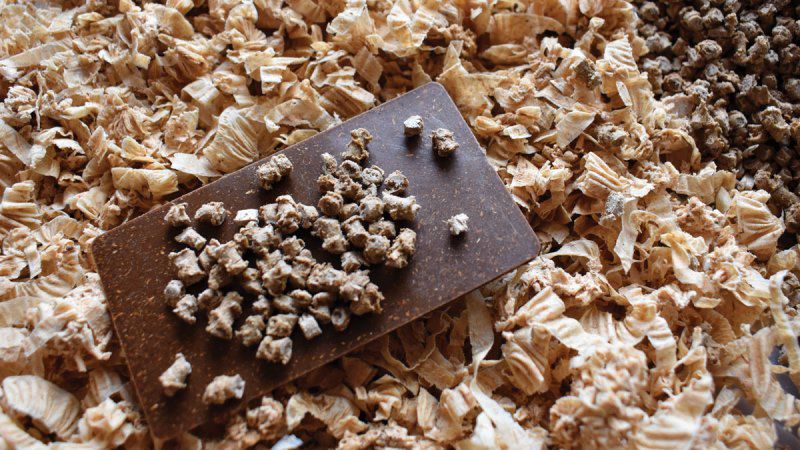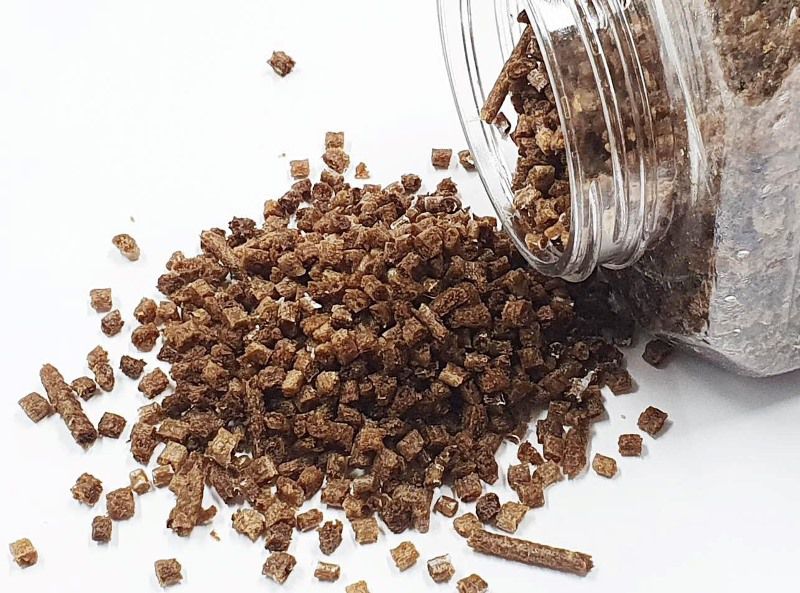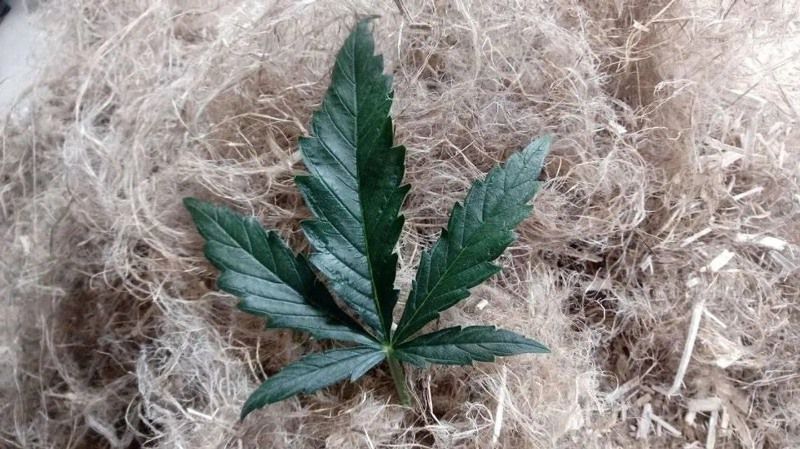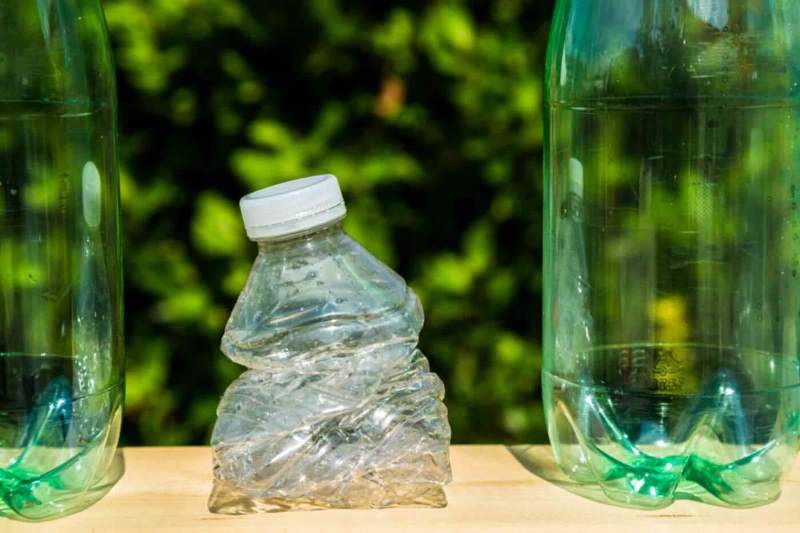In a world that is increasingly focused on sustainability, plastic continues to be one of the most pressing environmental concerns. Traditional plastics—derived from petroleum—can take hundreds of years to decompose, polluting oceans, harming wildlife, and contributing to climate change.
But what if we could create plastic from plants? Enter hemp bioplastic, a renewable alternative made from one of nature’s most versatile crops. Hemp has long been celebrated for its use in textiles, building materials, and wellness products, and now it's gaining attention as a potential solution to the plastic crisis.
In this article, we’ll explore what hemp bioplastic is, how it compares to conventional plastic, and the key pros and cons of adopting this green material. Whether you’re a curious consumer, a student, or an industry innovator, this guide will help you better understand hemp bioplastic—and its place in the future of sustainable materials.
Read more: What are bioplastics made from? Materials to make bioplastics

1. What is hemp bioplastic?
Hemp bioplastic is a type of biodegradable plastic made from hemp fibers, which has a sufficiently high cellulose concentration in manufacturing polymers. Specifically, it is made of lipids and cellulose found in the stalk and seeds of hemp plants. Hemp is one of the richest natural sources of cellulose, containing up to 70–80%, making it a prime candidate for bioplastic production.
The resulting material is fully biodegradable and recyclable. It can then be processed into various products, including packaging, consumer goods, automotive parts, and more conventional plastics.
Bioplastics from hemp can be produced by extracting cellulose from the stalks and fibers of hemp and converting it into a polymer that can be molded into various shapes and forms. Hemp bioplastics can be processed using existing equipment and techniques, making it a cost-effective and scalable solution for plastic manufacturers and users.

2. The pros and cons of hemp bioplastic
2.1. Advantages of hemp bioplastic
Safe composition: The ENE chemicals such as toluene and benzene, the most toxic derivatives of plastics made from hydrocarbons, are not found in hemp.
Biodegradability and compostability: One of the most significant benefits of hemp bioplastic is its biodegradability. Unlike traditional plastic, which takes centuries to decompose, this plastic can biodegrade within six months to a year, depending on the environmental conditions. This means it won't contribute to the growing plastic pollution problem in the environment.
Renewable: Hemp is a fast-growing crop that can be quickly replenished. This makes hemp plastic a more sustainable option than traditional plastic made from non-renewable resources like oil.
Low carbon footprint: Producing hemp-based bioplastics requires less energy and emits fewer greenhouse gasses than traditional plastic. This makes it an environmentally friendly alternative.
Energy-efficient production: Hemp bioplastic can be produced with a lower energy requirement than traditional plastics. This is because the production process of hemp bioplastic requires lower temperatures and less pressure, which means it requires less energy to produce. Delivering hemp plastic also uses 22-45% less energy than non-renewable energy source-based products.
Durable and lightweight: Plastic made from hemp is as durable as traditional plastic. It is also light as well as featuring a high density-to-weight ratio. This property enables it to be utilized in aerospace to reduce weight on large structures and manufacture products such as car parts, packaging, and toys.
Promotes sustainable agriculture: Hemp is a fast-growing crop that requires minimal water and fertilizer. Using hemp as a raw material for bioplastic, we can encourage sustainable agriculture and reduce the carbon footprint of the manufacturing process.

2.2. Disadvantages of hemp bioplastic
Limited availability: Hemp bioplastic is still a relatively new material and needs to be widely available in the market. This can make switching to hemp as a raw material challenging for businesses.
Production cost: Hemp-based bioplastics are currently more expensive than traditional plastics. This cost difference is mainly due to the limited availability of hemp as a raw material and its relatively high processing cost.
Recycling challenges: Although hemp bioplastic is biodegradable, it can be challenging to recycle if the material is mixed with some additives to enhance its quality. This is because hemp bioplastic requires a specific composting process, and not all recycling facilities have the necessary infrastructure to compost bioplastics.
Short shelf life: Bioplastics from hemp have a shorter shelf life than traditional plastics. It is more prone to degradation and can break down faster when exposed to heat and moisture.
3. Real-World Applications of Hemp Bioplastic
Despite some limitations, hemp bioplastic is already being used in a number of innovative ways:
3.1. Hemp in packaging and single-use items
Startups and eco-conscious brands are adopting hemp bioplastics for:
- Compostable food containers and trays
- Biodegradable cutlery and straws
- Flexible films and wrapping for food products
This is especially relevant in countries where single-use plastic bans are being rolled out.
For example, according to European Bioplastics, European packaging companies are experimenting with hemp-based blends to meet EU plastic directive requirements.
3.2. Hemp-based car parts and 3D printing
Automotive giants like BMW and Mercedes-Benz have experimented with hemp composites in door panels, dashboards, and insulation parts—due to the material’s light weight and strength.
Additionally, hemp filament is now used in 3D printing, offering a biodegradable alternative to PLA or ABS. Hemp 3D filament can be used for prototyping, packaging design, or low-volume custom parts—especially for sustainable product lines.
3.3. Hemp in cosmetics and sustainable consumer products
Cosmetic brands are turning to hemp bioplastics for:
- Lipstick tubes
- Cream jars and caps
- Brush handles and compacts
Hemp helps these brands reinforce their eco-friendly identity and reduce microplastic risk in skin-contact items.
4. How are hemp-based bioplastics made?
How to make hemp bioplastic? Hemp-based bioplastics are made from the fibers of the hemp plant. The process of making hemp bioplastics involves several steps, including:
Step 1: Harvesting and Extracting
The first step is to harvest the hemp plant and extract cellulose from hemp fibers, stalks, or seeds. This process can be done by pulping hemp plants.
Step 2: Preparing
The cellulose extracted is soaked in acid to break down its structure and preserve it from turning into organic sugars. Then, it is soaked in water and chemicals to get rid of acids and prepare for the following process.
Step 3: Producing hemp bioplastic
Hemp cellulose is mixed with plasticizers and plastic additives to enhance the final product properties. The mixture then goes under heat pressure treatment to produce the hemp bioplastic desired.
Read more: How to make hemp plastic at home: a sustainable DIY guide

The exact process of making hemp bioplastics may vary depending on the manufacturer and the intended use of the final product.
5. The future of hemp bioplastics
According to Research and Markets, the global bioplastics market is expected to grow from $15.57 billion in 2023 to over $44.77 billion by 2030, with hemp playing a growing role in this shift. So, it is save to say that hemp bioplastic has a bright future ahead. Moreover, using hemp bioplastics can have a significant positive impact on the environment. Industrial hemp requires less water and fewer pesticides than traditional crops, making it a more sustainable option for producing bioplastics. Additionally, since bioplastics from hemp are biodegradable, they do not contribute to the pollution of oceans and landfills, which can have long-term consequences for the health of our planet.
Hemp bioplastics offer a positive future for plastic manufacturers and consumers alike. We can reduce our reliance on petroleum-based plastics by choosing hemp-based bioplastics and contribute to a more sustainable and environmentally friendly future.

Choosing hemp bioplastics is beneficial for the environment and can also be an intelligent business decision. With consumers becoming more conscious of their environmental impact, offering products made from sustainable materials like hemp bioplastics can attract environmentally conscious customers and help differentiate your brand from competitors.
Overall, the pros of hemp bioplastic outweigh the cons. Its biodegradability, renewability, versatility, strength, and cost-effectiveness make it a promising alternative to traditional plastic. However, it is essential to note that this bioplastic is not a perfect solution, and there are still some barriers to its adoption. As we continue searching for more sustainable alternatives to traditional plastic, hemp bioplastic should be considered a viable option.
Please contact EuroPlas to have questions about the product answered or if you have specific needs for your next project.
6. Conclusion
Hemp bioplastic represents a promising step toward more sustainable materials—but it’s not a magic solution. Its pros—renewability, biodegradability, low toxicity—are impressive. But it still faces real-world challenges like cost, scale, and confusion around labeling.
Should you support it? Absolutely—when available and when it makes environmental and financial sense. As a consumer, business owner, or manufacturer, staying informed and choosing truly sustainable products is the best way to help push the market toward better materials like hemp bioplastic.